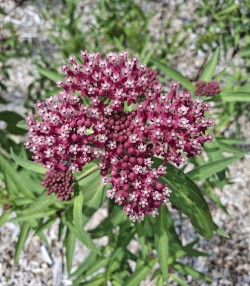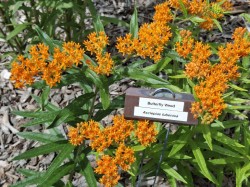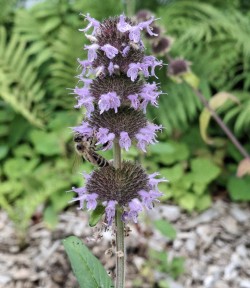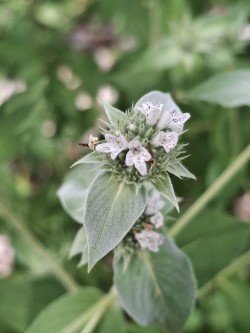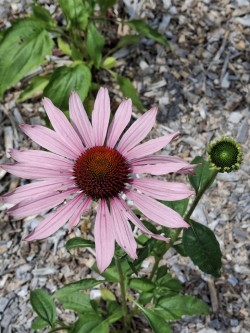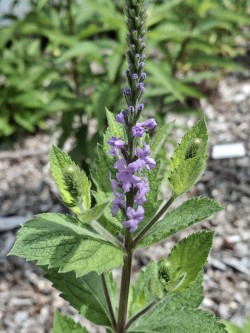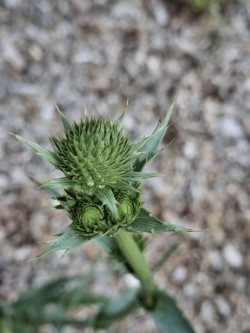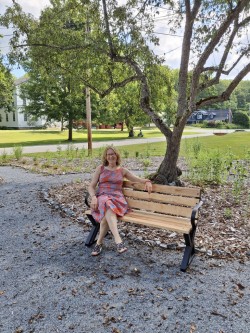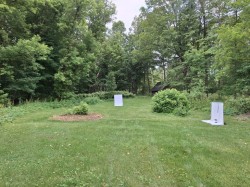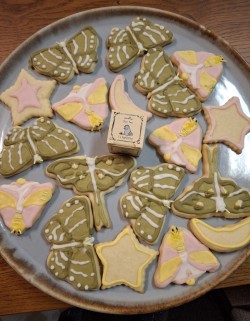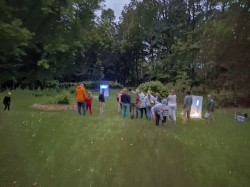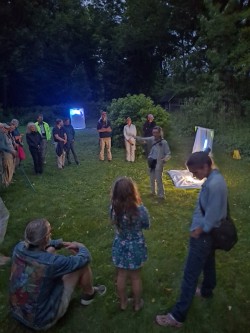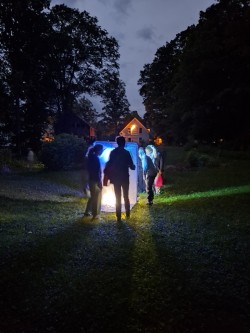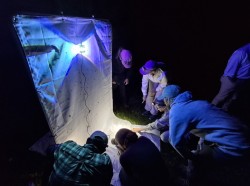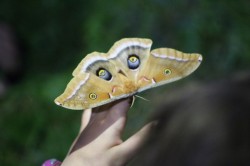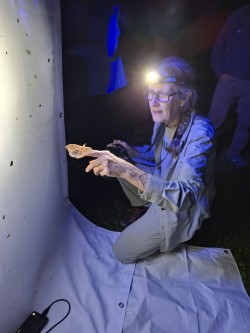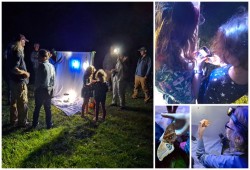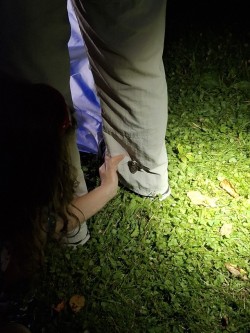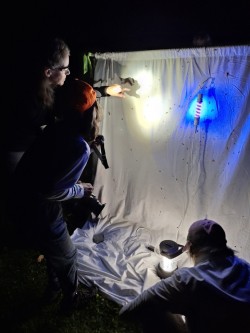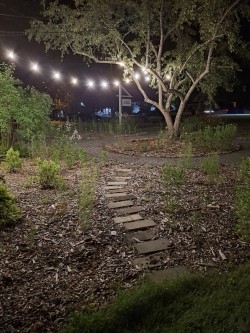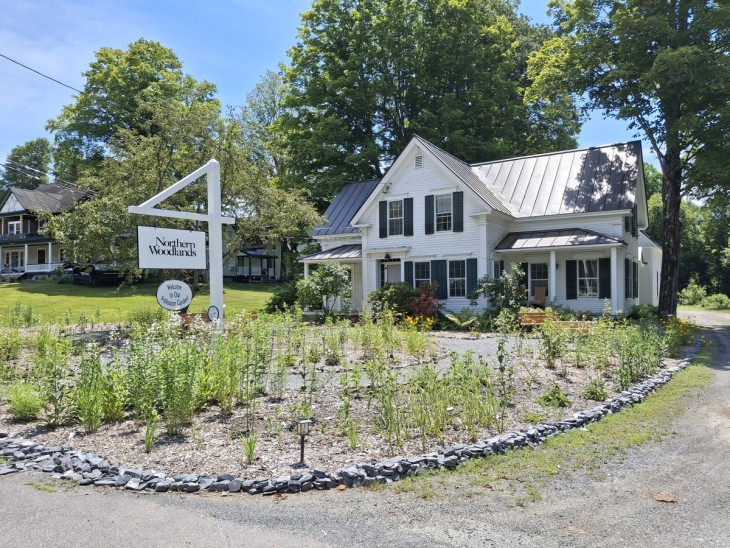
The garden gets a bit fuller and more colorful with each week.
Photos by Northern Woodlands staff and friends.
Things are always changing in the Northern Woodlands Pollinator Garden, and we love watching the season unfold. These photos capture some recent bursts of life and color, as well as a few new features that make the garden more inviting. With generous support from the Utility Club of Lyme, we’ve added locally crafted wooden benches – perfect for sitting a while and taking in the view. Nancy also created and installed a beautiful new sign to welcome visitors. Whether you’re stopping by for a quiet moment or bringing a friend for a summer stroll, we hope these additions make your visit even more enjoyable.
And if you missed our recent Moth Ball, we hope these glimpses of the evening’s magic bring a bit of the wonder to you. It was a joyful night of discovery, awe, and community connection, with the glow of UV lights drawing delicately patterned moths and other curious creatures from out of the dark.
Thank you for following along with the life of the garden. We’re so glad to share it with you.
Our thanks to the Jack & Dorothy Byrne Foundation, The Lyme Foundation, the Utility Club of Lyme, and the many generous neighbors who make this garden possible.


